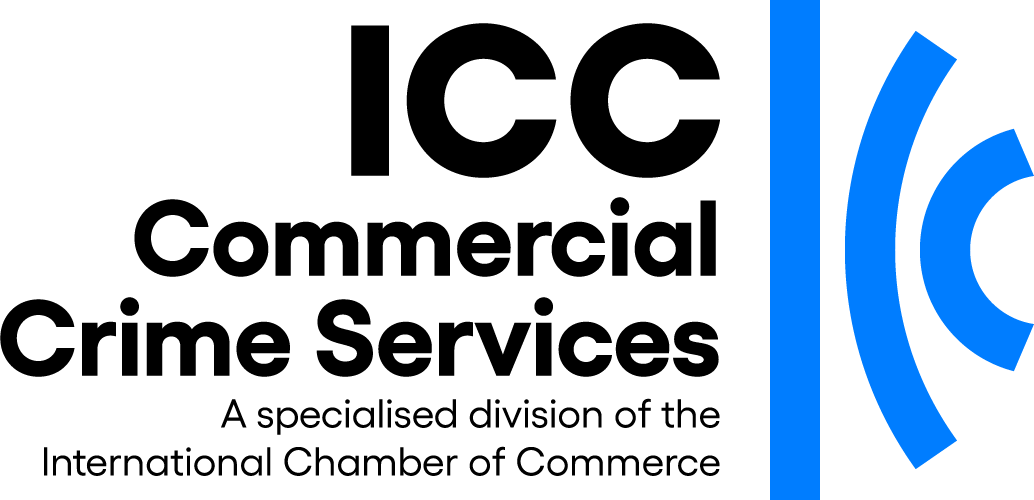
 A recent ruling by the US Supreme Court could have significant impact on patent assertion entities (or patent trolls as they are known) whilst clarifying software patent procedures.
A recent ruling by the US Supreme Court could have significant impact on patent assertion entities (or patent trolls as they are known) whilst clarifying software patent procedures.
 A recent ruling by the US Supreme Court could have significant impact on patent assertion entities (or patent trolls as they are known) whilst clarifying software patent procedures.
A recent ruling by the US Supreme Court could have significant impact on patent assertion entities (or patent trolls as they are known) whilst clarifying software patent procedures.
In a unanimous decision, judges in the case of Alice Corp v CLS Bank International ruled that simply applying a computer to an abstract idea does not turn it into a ‘patent-eligible invention’.
The patent in question, owned by Alice Corp, related to a computerised scheme for mitigating ‘settlement risk’, which is the risk that only one party to an agreed-upon financial exchange will satisfy its obligations.
CLS Bank challenged this patent. Alice Corp in this case was seen as the patent assertion entity (a person or company who enforces patent rights against accused infringers in an attempt to collect licensing fees, but does not manufacture products or supply services based upon the patents in question).
The Court agreed that “the mere recitation of a generic computer cannot transform a patent-ineligible abstract idea into a patent-eligible invention.”
The judgment can be viewed here http://www.supremecourt.gov/opinions/13pdf/13-298_7lh8.pdf
In essence, what Alice Corp had done did not result in an improvement in any other technology or technological field and as such did not qualify for patent protection.
The decision has been welcomed by some in the technology sector, with some groups saying it clarifies what is patentable and removes some uncertainty in the area.
Commentators say the ruling tightens the standard of what is patentable and will therefore result in fewer low-quality software patents.
What are patents?
According to the ICC “a patent gives the inventor the right, for a specified period of time, to prevent others from using, making, selling, offering for sale, or importing his invention without his authorization. In return, the inventor must disclose the details of his invention in a patent document that is made publicly available. In this way, patents represent a social contract between society as a whole and inventors.”
The invention must fulfil three conditions:
• It must be new – it should never have been published or publicly used before;
• It should be capable of industrial application – it must be something that can be industrially manufactured or used; and
• It must be “non-obvious” – it should not be an invention that would have occurred to any skilled person in the relevant field.
Patents are perceived as a sound intellectual property title, granted in most territories after a rigorous examination processes. In general, the US had previously taken a more liberal attitude towards software patenting while the European Patent Office states that for a patent to be granted for a computer-implemented invention, a technical problem has to be solved in a novel and non-obvious manner.
ICC releases 2014 Intellectual Property Roadmap
The 12th edition of the ICC’s “Intellectual Property Roadmap: Current and Emerging Issues for Business and Policymakers” was released on 23 June.
There are several new topics, including patent quality, IP management and licensing, harmonisation and streamlining of trademark rules, trademark restrictions on packaging, non-traditional marks and innovation. See here for more details http://www.iccwbo.org/products-and-services/trade-facilitation/ip-roadmap/






